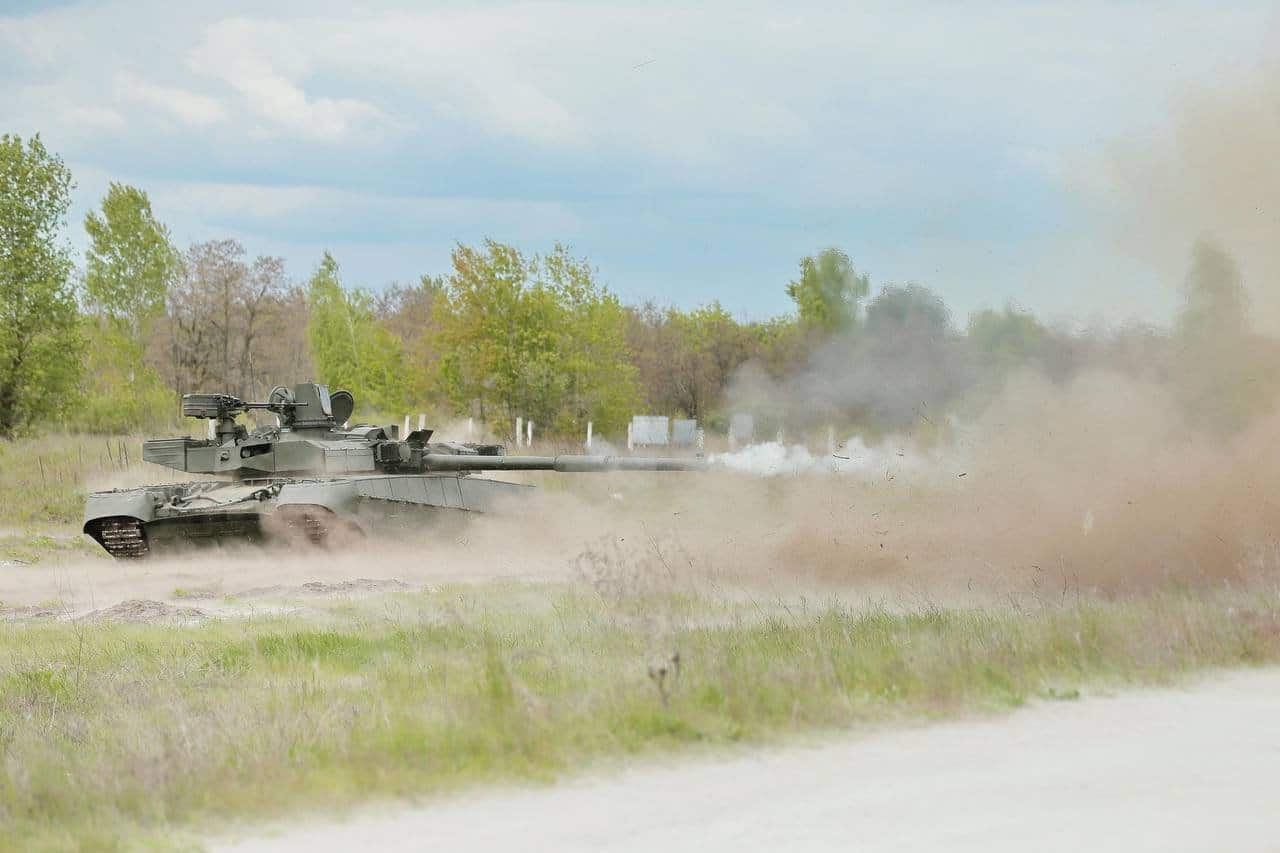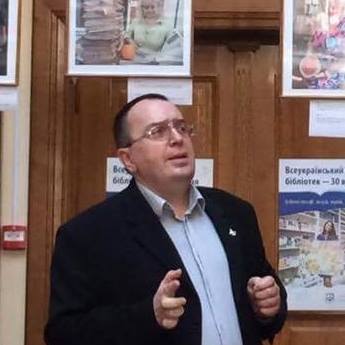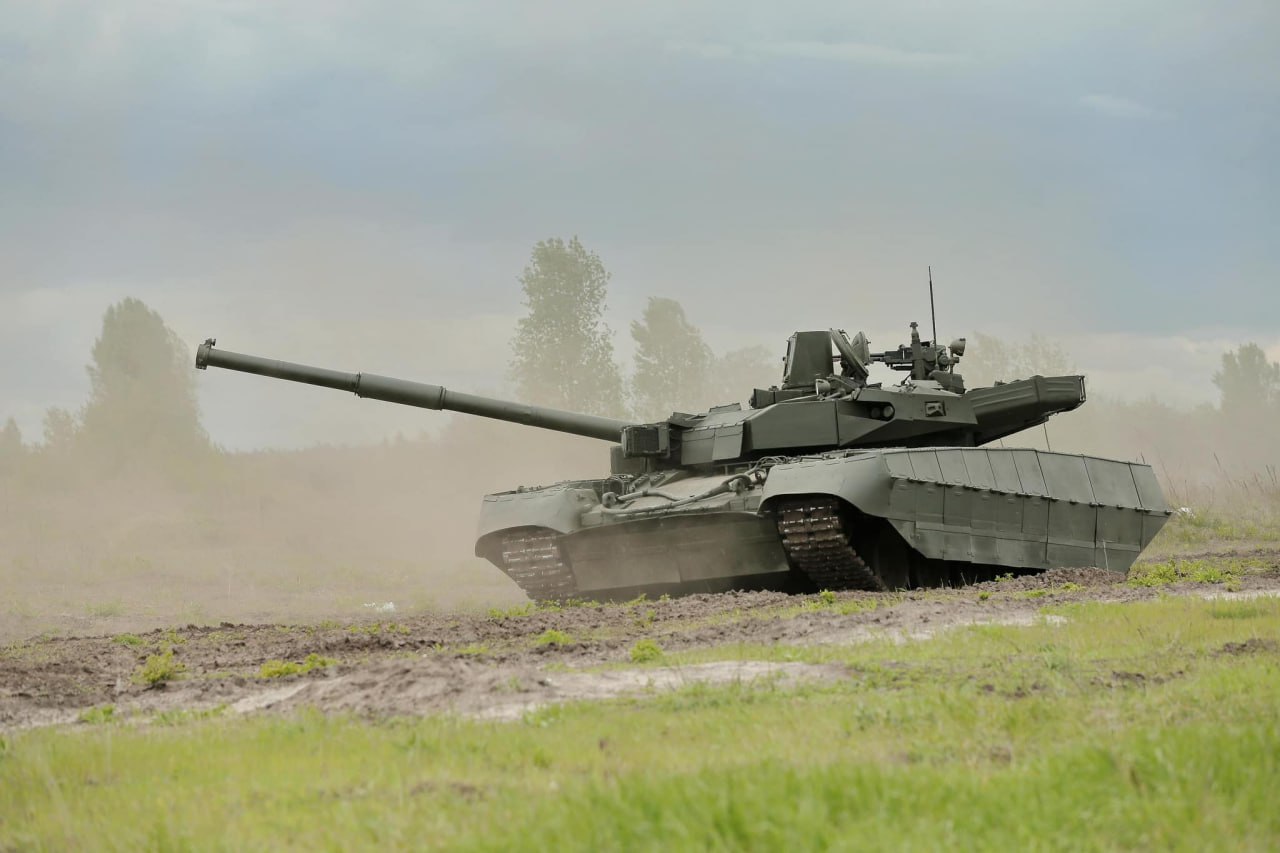The statement of Russian officials about the intention to restore the production of Т-80 tanks blew the minds of many people both in Russia and in Ukraine. In response to this statement, a question remains about the possibilities of the Ukrainian defense industry in the field of armored vehicles.
Today we will talk about the possibilities of Ukraine, what competencies have been lost, and where active development continues.
Production of tanks
The only manufacturer of tanks on the territory of the Ukrainian SSR, and then independent Ukraine, was the Kharkiv armored cluster, which included the Morozov Machine Building Design Bureau and the Malyshev Factory. The main focus of their work was the production of Т-64 series tanks. It existed until 1987, after which it was repurposed for the manufacture of a promising Soviet Т-80UD main battle tank.
It should be explained that the term “tank production” means much more than manufacturing and consists of many nuances that may not be obvious to people less familiar with the subject.
To begin with, it should be mentioned that the Kharkiv Morozov Machine Building Design Bureau was involved only in the creation of a general concept of a “promising vehicle.” It also developed design documentation and integrated into it ready-made technologies developed by other Soviet enterprises.
On the other hand, the manufacturer – Malyshev factory – was responsible for making small assemblies, vehicle bodies, and later, for the Pakistani contract, mastered the welding of the turret from rolled armor plates, which made it possible to abandon the technology of casting the turret into a shape, which turned out to be extremely difficult and expensive in small-scale production. The plant also conducted the final assembly of the tanks and their transfer to the customer.
All the other necessary components came from third-party enterprises. The essential parts and items used for the final vehicle’s assembly were manufactured by dozens of suppliers, some of whom were situated on the territory of other USSR republics.
Ukraine ‘seals’ production cycle
With the collapse of the Soviet Union, the cooperation of enterprises was disrupted, and in Ukraine and Russia, two separate powerful “armored” clusters began to form, independently of each other.
The general designer of KMDB, Mikhail Borisyuk, saw in the early 1990s the brewing competition and potential conflict of interest. In 1993, he initiated an R&D project codenamed Kern. The project was aimed at reducing dependence on Russian components and “sealing” the production cycle inside Ukraine.
As part of this project, a program was launched that previewed import replacement and the localization of various tank systems in Ukrainian enterprises.
“It was very difficult for us to find a contractor for the development and production of complex units. Sometimes we offered several enterprises a try at once.
For example, it was very difficult [to find a manufacturer] for control systems and a ballistic computer. As a result, their development and production were entrusted to JSC “Khartron”, a space industry enterprise. Then, when the immense capabilities of this enterprise became obvious (Khartron used to produce ballistic missile control systems) this plant also took up the production of various units for fire control complexes and for autoloaders.
Later, we also involved the Kharkov Instrument-Making Plant in the development. The plant was also working for the aviation industry. We also engaged the FED plant from the aviation industry, entrusting it with [the production of] all the hydraulics – for the stabilizer and for the autoloader.
Then the Kharkov Electric Equipment Plant joined, which began to make firefighting equipment. Of course, we organized work with a good number of contracts with Cherkasy “Photoprylad” for the development and production of fire control systems. It worked together with the Izyum Instrument-Making Plant and the Feodosia Instrument-Making Plant. Feodosia Plant, by the way, was producing a system of optical-electronic countermeasures.
A large amount of work went to the Lviv Research Radio Engineering Institute – it took over almost all the [work on] electrical automation, which in the USSR was developed and produced by the Chelyabinsk Design Bureau Rotor and the Electromachina Plant [located in Russia],” says Borisyuk.
At the same time, the Kyiv Design Bureau “Artyleriyske ozbroyennya” developed documentation for the production of the Soviet 2А46М 125mm gun, which before was produced only in the Russian Federation. Their production under the KBA-3 index was established at the facilities of the Sumy Machine Building Plant in Ukraine.
Thanks to this colossal project, Ukraine managed to independently fulfill the contract concluded in 1996 for the supply of 320 Т-80UD tanks for Pakistan. The first tank left the conveyor in 1997, and the contract was finally closed in 1999.
This contract, which revitalized the arms industry with its financial injections, was called life-saving for the Ukrainian defense industry.
Degradation and dependence on Russia
According to the Decree of the Cabinet of Ministers of 2001, a significant part of the needs of the Ukrainian armored cluster for ready products could be met domestically.
However, the problem of import substitution remained. Although most tank assemblies began to be manufactured at Ukrainian capacities, a number of critical components for them continued to be supplied from abroad.
Serious dependence on the Russian Federation became clear with the final break of relations at the beginning of the Russian-Ukrainian war. The latter dramatically complicated the manufacture of tanks for Thailand, and stretched the implementation of the contract for the manufacturing of 49 Oplot-T for 7 years.

The growing need for new tanks due to the war provoked a series of political statements concerning the order of Oplot tanks for the Ukrainian army. However, the government immediately had to face the brutal reality that the Malyshev plant and its contractors, forgotten for years, could no longer mass-produce tanks.
In the conditions of isolation from the Russian industry, in 2016, KMDB launched a new R&D program under the Bastion code, which provided for the transfer to a new element base of the sight-rangefinder and guidance device of the 1G46M complex, the PTT-2 night sighting complex, and the PNK-6 sighting and observation complex of the tank commander. It can be assumed that Russian components were present in these systems.
During the years of downtime without regular orders, a number of critical Ukrainian enterprises and their contractors have been severely degraded or completely and irrevocably disappeared from the market. In addition, some manufacturers of equipment, such as the Feodosia Optical Plant, fell under the occupation of the Russian Federation.
The full-scale Russian invasion, which was supported by the bombing of a number of defense industries, was another catastrophic blow to the Ukrainian defense sector. Thus, the Kharkiv Malyshev Factory was repeatedly bombarded with artillery, and the Izyum Instrument-Making Plant was actually destroyed in the occupation. The Mariupol industrial cluster, which was engaged in the manufacture of armored steel, rolled metal, and cast products for tanks, was completely destroyed and still remains under occupation.
So can Ukraine produce tanks?
In May 2023, the then Minister of Defense, Oleksii Reznikov, announced his intention to order BM Oplot tanks in the interests of the Armed Forces of Ukraine. He made his statement in Kharkov during the “run-in” of a tank of the same model at the training ground.

Despite the optimistic statements, no specific details were announced. According to our sources, the Ukrainian industry experienced a number of fundamental obstacles throughout the development of tank manufacturing concerns, making the manufacture of large armored vehicles in the current climate unfeasible.
Summarizing the above section, we can conclude that in the case of an order for Oplot tanks, the Ukrainian defense industry is not able to provide the supply of sighting systems, electronics, armor, and metal products. The country is also experiencing problems with personnel and equipment for production.
On the other hand, the Ukrainian industry restores and puts into operation the so-called “coffins” of categories 4 and 5 from tank dumps (tanks from storage bases – ed.), after which it modernizes them with the installation of new sighting systems. All this suggests the preservation of competencies and potential in the armored industry.
- The T-72 tank in the KBTZ storage
- T-72 Ural tanks modernized by Ukrainian enterprises in service with the 22nd Mechanized Brigade, June 2023
Can today’s situation be considered the end of the Ukrainian tank building school? Still not.
Despite the difficult history over the past 20 years and a number of strong blows, our defense industry has received something that it has not managed to find in the last 30 years of independence – large financial injections and real state priority.
Ukraine has retained key technologies and plans to resume production of the tank undercarriage. Thanks to Pakistani orders, the production of the entire complex of traffic control systems was preserved, which includes a transmission, motion control equipment, engine and transmission control drives, control mechanisms, a hydraulic control system, and lubrication of the transmission.
The tower and the fighting compartment of the vehicle, whose production is impossible, can be developed again in cooperation with Western manufacturers due to the open opportunities for cooperation. This can be significantly helped by existing developments in the Т-84-120 “Yatagan.”
At the same time, there is a separate issue of serial production, the establishment of which is impossible in Ukraine during the war. The only possible option under such circumstances is the deployment of industrial sites abroad, for example, in Poland and the Czech Republic.
Foreign alternative
An unexpected player in the Ukrainian market may be Rheinmetall, which plans to deploy its capacity in Ukraine to repair Western weapons and manufacture armored vehicles. The company’s plans already include the release of Fuchs armored personnel carriers for the Ukrainian army.
Another unannounced but expected possibility we reported previously is promising KF51 Panther tank manufacturing. This tank is still at the stage of the first prototypes, but it is likely to promote its candidacy as a future Ukrainian tank.
SUPPORT MILITARNYI
Even a single donation or a $1 subscription will help us contnue working and developing. Fund independent military media and have access to credible information.


 Роман Приходько
Роман Приходько 
 Віктор Шолудько
Віктор Шолудько 
 Андрій Харук
Андрій Харук 

 Андрій Тарасенко
Андрій Тарасенко 
 Yann
Yann 
 СПЖ "Водограй"
СПЖ "Водограй" 

 ГО "Військова школа "Боривітер"
ГО "Військова школа "Боривітер" 

 Катерина Шимкевич
Катерина Шимкевич 
 Олександр Солонько
Олександр Солонько 
 Андрій Риженко
Андрій Риженко 




